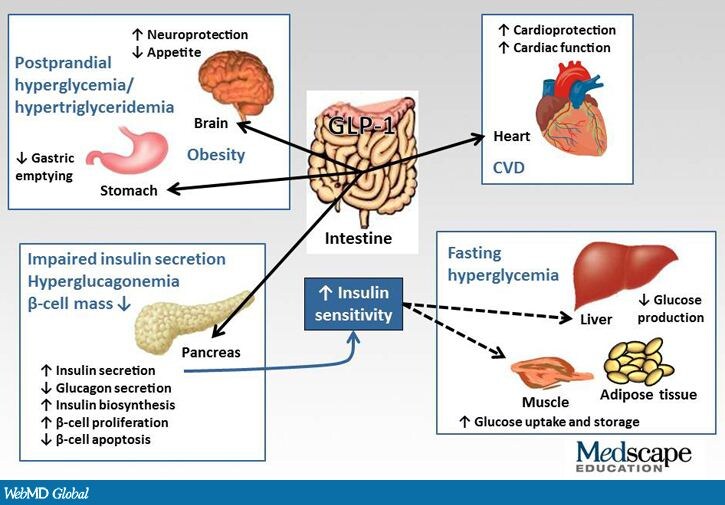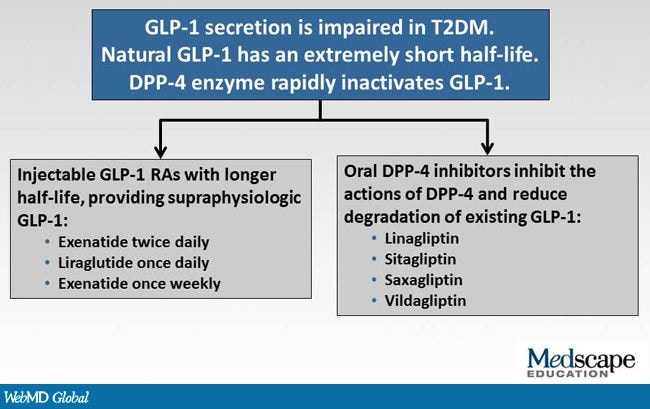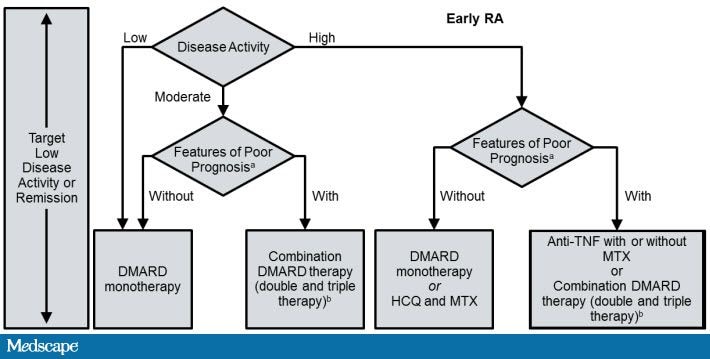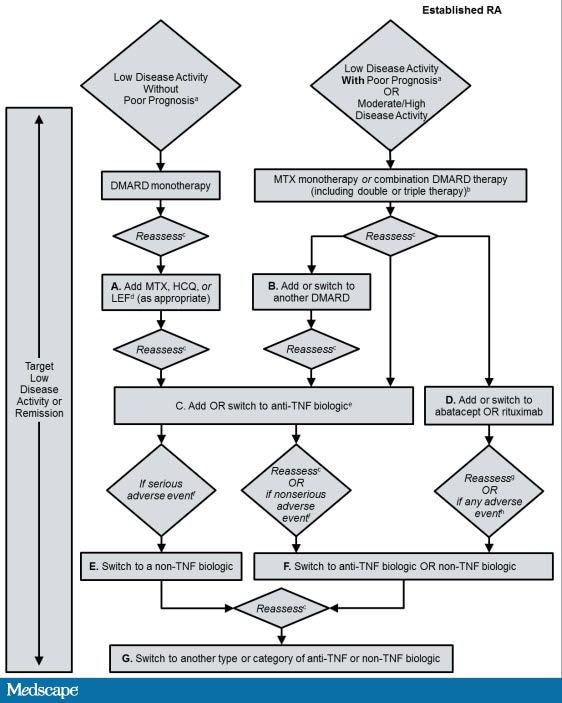The major hemoglobin in adults is hemoglobin A, which is a tetramer consisting of two pairs of globin polypeptide chains: one pair of alpha chains; and one pair of beta chains. In normal subjects, globin chain synthesis is very tightly controlled so that the ratio of production of alpha to non-alpha chains is 1.00 ± 0.05. There are two copies of the alpha globin gene on chromosome 16. A single beta globin gene resides on chromosome 11 adjacent to genes encoding the beta-like globin chains, delta and gamma.
Thalassemia refers to a spectrum of diseases characterized by reduced or absent production of one or more globin chains. Beta thalassemia is due to impaired production of beta globin chains, which leads to a relative excess of alpha globin chains. These excess alpha globin chains are unstable, incapable of forming soluble tetramers on their own, and precipitate within the cell, leading to a variety of clinical manifestations. The degree of alpha globin chain excess determines the severity of subsequent clinical manifestations, which are profound in patients homozygous for impaired beta globin synthesis and much less pronounced in heterozygotes who generally have minimal or mild anemia and no symptoms.
Alpha thalassemia, in comparison, is due to impaired production of alpha globin chains, which leads to a relative excess of beta globin chains. The toxicity of the excess beta globin chains in alpha thalassemia on the red cell membrane skeleton appears to be less than that of the excess partially oxidized alpha globin chains in beta thalassemia. This probably explains why the clinical manifestations are generally less severe in alpha compared with beta thalassemia of comparable genetic severity (except for homozygous alpha (0) thalassemia, which is incompatible with extrauterine life, leading to hydrops fetalis and/or death shortly after delivery).
Certain clinical terms are used to describe the phenotypic expression of beta thalassemia:
- Beta (0) thalassemia — Beta (0) thalassemia refers to mutations of the beta globin locus that result in the absence of production of beta globin. Patients homozygous or doubly heterozygous for beta (0) thalassemic genes cannot make normal beta chains and are therefore unable to make any hemoglobin A.
- Beta (+) thalassemia — Beta (+) thalassemia refers to mutations that result in decreased production of beta globin. Patients homozygous for beta (+) thalassemic genes are able to make some hemoglobin A, and are generally less severely affected than those homozygous for beta (0) genes.
- Beta thalassemia major — Beta thalassemia major is the term applied to patients who have either no effective production (as in homozygous beta (0) thalassemia) or severely limited production of beta globin. These are the patients originally described by Cooley (Cooley's anemia). Starting during the first year of life, they have profound and life-long transfusion-dependent anemia.
- Beta thalassemia minor — Beta thalassemia minor (beta thalassemia trait) is the term applied to heterozygotes who have inherited a single gene leading to reduced beta globin production. Such patients are asymptomatic, may be only mildly anemic, and are usually discovered when a blood count has been obtained for other reasons.
- Beta thalassemia intermedia — Beta thalassemia intermedia is the term applied to patients with disease of intermediate severity, such as those who are compound heterozygotes of two thalassemic variants (table 1). These patients have a later clinical onset and a milder degree of anemia, which may or may not require transfusional support.



